How To
How to Use DIP Soldering Machine | Tutorial
Table of Content:
- What is DIP Soldering
- Required Components and Tools
- Video Demonstration
- Process of DIP Soldering
- Precautions
- Applications
- Visuals of Required Components/Tools
What is DIP Soldering:
Dip soldering is a soldering process for the mass production of Electronics Circuits. In this process, electronic components are soldered in very less time to the printed circuit board (PCB) to form an electronic circuit. Molten solder to the exposed metallic areas of the PCB board for creating a reliable/durable mechanical and electrical connection for the circuit.
Dip soldering is used for both through-hole printed circuits and surface mount devices. It is one of the most economic methods to solder the components for starts up or small electronics companies. The DIP soldering machine required is just a small tank containing molten solder. A PCB with mounted components and applied flux is dipped manually into the tank so that the molten solder sticks to the exposed metallic areas of the board.
Required Components and Tools:
- DIP Soldering Machine
- Flux (Liquid or Solid)
- Solder rod
- Molten Solder Filth Remover ( Any Object which can tolerate high Temperature )
Video Demonstration:
coming soon
Process of DIP Soldering:
Dip soldering is achieved by submerging components mounted PCB into a molten solder bath. Thus, all component surfaces are coated with molten solder. The solder has a very low melting temperature and hardens in seconds as soon as you take out the PCB from the molten solder bath. The solder rods we use in the DIP soldering machine are of various types of material.
- Lead–silver for strength at higher-than-room temperature.
- Tin–lead for as a general-purpose solder
- Tin–zinc for aluminium
- Cadmium–silver for strength at high temperatures
- Zinc–aluminium for aluminium and corrosion resistance
Lead is a toxic material, that’s why people avoid using lead in today’s times. The molten solder can be anything but lower melting point elements and conductivity of the joint is the main requirement. The most common dip soldering operations use zinc-aluminium solders.
If I talk about Solder pot metal then it can be of cast iron or steel, electrically heated. Bath temperature can be anywhere between 220 to 350 °C.
Precautions:
- Don’t immerse the PCB for more than 3-10 Seconds. Otherwise, you would be ended up burning the component on the PCB.
- apply the cleaning flux on the joints of the components before immersion in the molten solder.
- You must take out PCB at an inclination of 3° to 5° so that the solder runs off to ensure a smooth finish of the components.
- Make Sure the Temperature doesn’t go above 350-degree Celcius.
- Wear safety clothes to avoid accidental molten solder falls.
Applications:
- Can be used for both through-hole printed circuit boards and surface mount devices.
- Has huge applications in small-scale industries for developing nations. Big size machines you can use for big or mass scale production industries.
Visuals of Required Components/Tools :
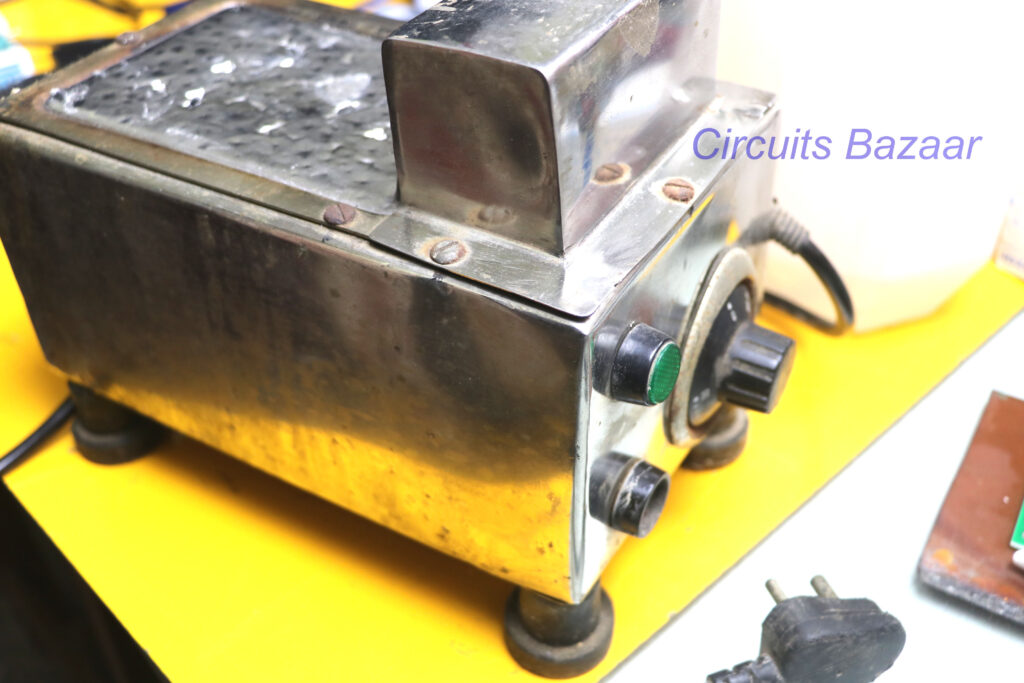
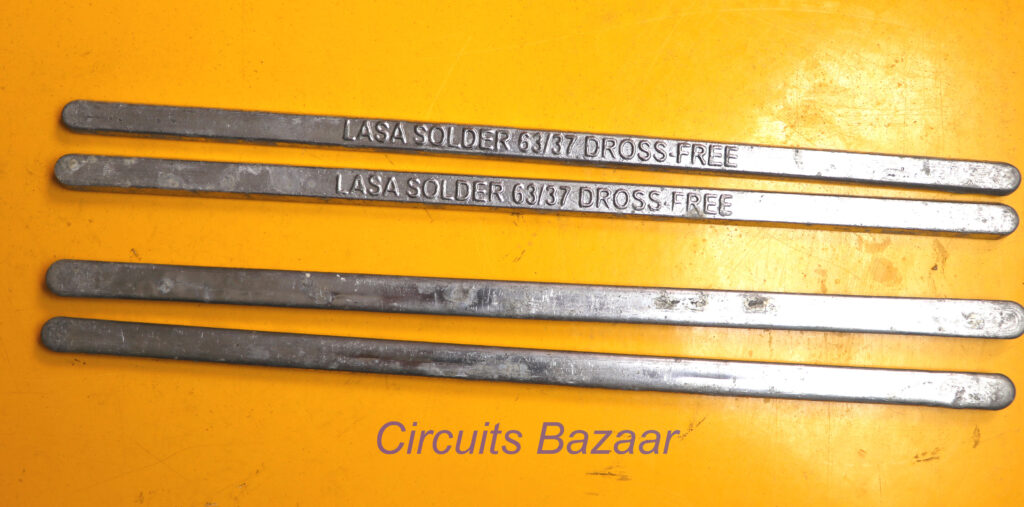
Solder Rodes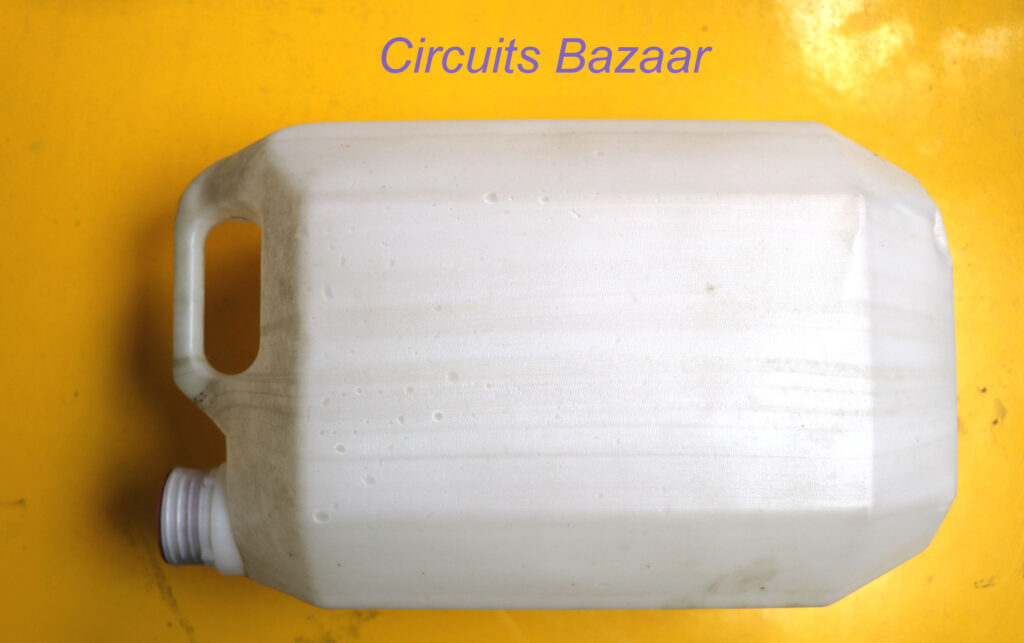
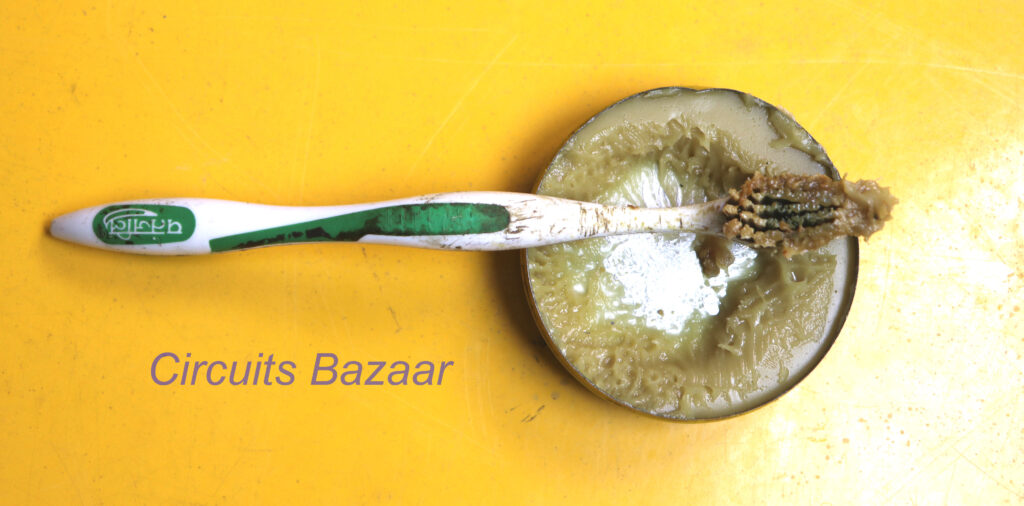
If you want to buy a very economical DIP soldering machine, then you can buy it from here.

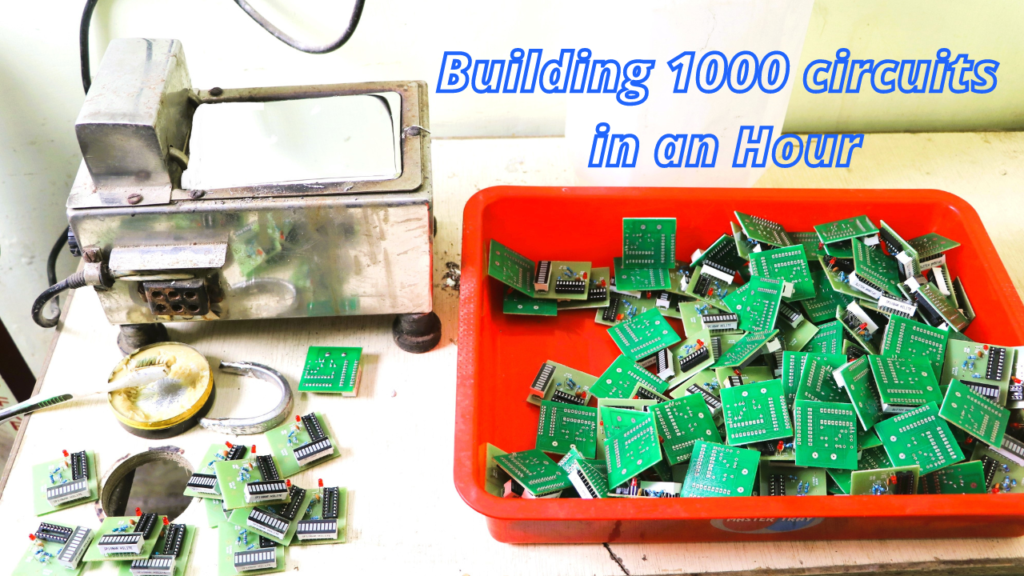
Some truly interesting information, well written and loosely user genial.